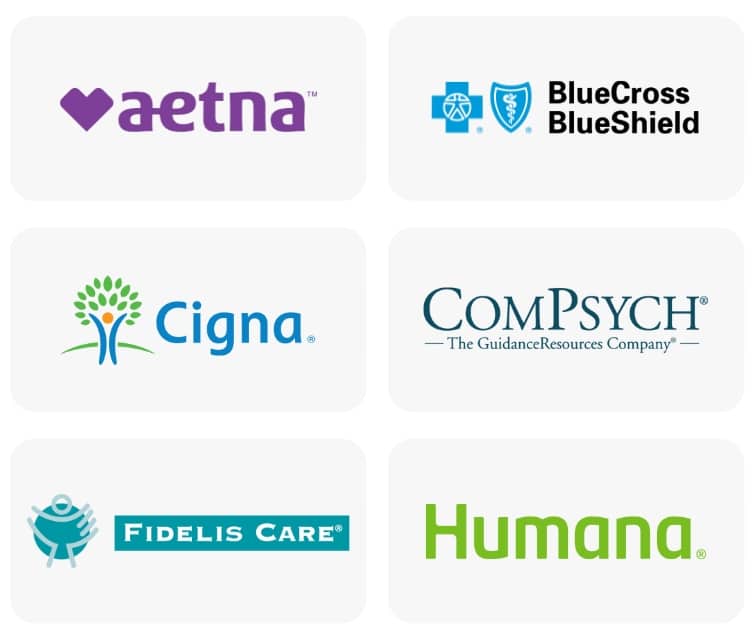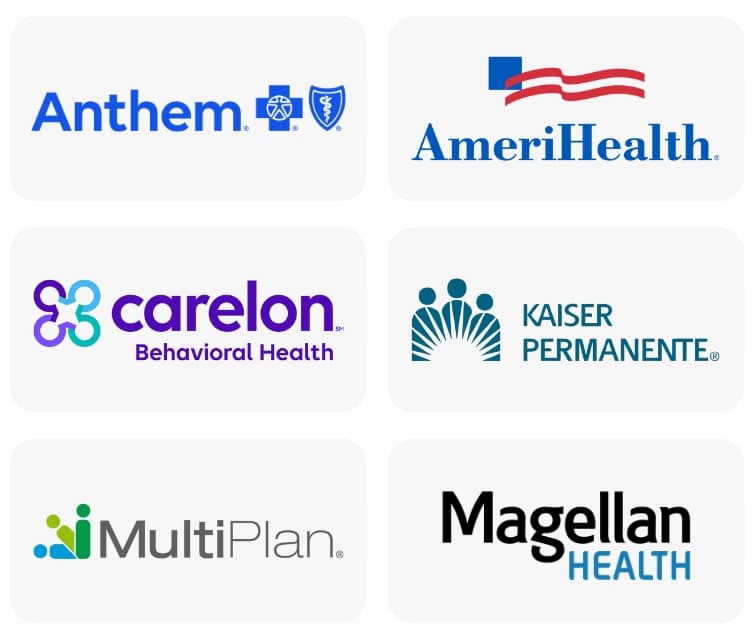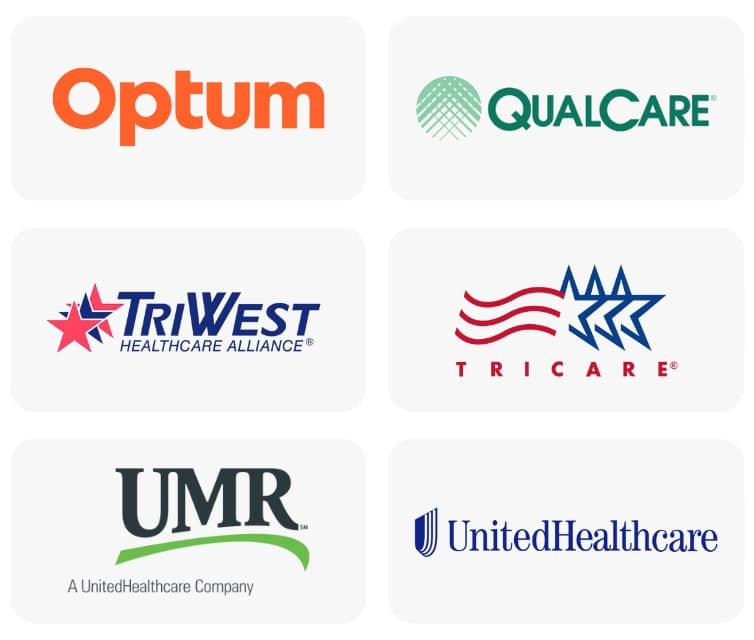Skip To Section
Cognitive-behavioral therapy (CBT) plays a major role in addiction treatment. Amongst other therapies, it gives recovering individuals the opportunity to look in. Through research-based methods and techniques, patients can begin addressing the roots of addiction.
CBT also allows individuals to address any co-occurring disorders they may have, such as depression or anxiety.
Kicking the habit of addiction is a major achievement. Detox is generally the first part of the treatment process that allows patients to do so. Through medical care and supervision, withdrawal symptoms are monitored as the patient stops the use of the substance. Following detoxification, the core components of treatment, such as CBT, then begin.
Addiction is much more than merely a physical dependence on drugs or alcohol. Oftentimes there are underlying emotional and mental roots. These roots and underlying causes must be worked through in therapy.
Working through these issues in CBT helps prevent the chances of relapse from occurring. After treatment, it is normal to experience temptations and cravings. The key is to have a set of learned tools and coping mechanisms that help you to overcome them.
In CBT, you’ll learn how to work through triggers such as:
- Stress, such as relationship or work-related problems
- Stimuli in the environment, such as visiting an old neighborhood
- Social networks, like spending time with friends who continue to use

What Is Cognitive-Behavioral Therapy (CBT)?
CBT is a type of psychotherapy designed to deal with problem behaviors, thoughts, and emotional patterns. Research has already shown that it can be effective in helping people whose minds have been altered by stress or other difficult circumstances. It is one of the most commonly offered forms of therapy in substance abuse treatment programs.
What Is the History of Cognitive-Behavioral Therapy (CBT)?
CBT was borne out of psychoanalysis, which was pioneered by Sigmund Freud. Psychoanalysis was the most commonly found form of therapy up until the 1940s. It mostly consisted of talk therapy and prescribing medication to patients.
In the 1960s, experts began eschewing practices of the past by ensuring that patients knew it was their responsibility to change maladaptive behaviors. Again, the 1960s were a time of great social change. The Vietnam War and other conflicts, as well as various changes in society, necessitated a new way to treat mental health issues.
Times have changed, and today, some people receive CBT online. While in-person sessions are preferred, online CBT sessions are effective. CBT can be practiced in both individual and group sessions.
What Are the Goals of Cognitive-Behavioral Therapy (CBT)?
Cognitive-behavioral therapy has many applications, such as helping patients with phobias, anxiety, depression, and substance misuse. Its main goal is to help participants recognize negative thoughts that can get in the way of their daily lives.
Eventually, patients should be able to notice thought patterns that have caused problems in their lives. Once these thoughts have been identified, they can be changed. If thoughts are changed, the resulting behavior will also change.
CBT treatment is typically broken down into three phases which include:
Phase 1: Functional analysis
Phase 2: Behavior identification
Phase 3: Relapse prevention
Phase 1: Functional Analysis
patients start identifying negative thoughts and beliefs. Most people who deal with substance abuse know they need to stop the behavior, but they make choices that go against this goal.
CBT is a great way to learn and understand why. This involves digging into the underlying issues that led to substance abuse in the first place. The therapist will assess the client’s motivation for change.
Phase 2: Behavior Identification
Together, the therapist and client will identify problematic thoughts and behaviors. During this phase, patients will learn strategies to change negative thoughts. This, in turn, alters the linked behavior.
Phase 3: Relapse Prevention
The final phase aims to prevent relapse. The client and therapist will identify triggers that could cause a relapse and devise strategies to deal with those triggers.
They also make a plan to end the therapy. CBT is not intended to go on indefinitely. There is generally a set end date, outlined by a certain number of sessions.
What Is the Duration and Frequency of CBT Sessions Needed for Success?
When you start with CBT, you can reasonably expect to attend 5 to 20 sessions. Sessions usually last 30 to 60 minutes. All patients are different, and you may be dealing with additional mental health issues that necessitate longer treatment.
The American Psychological Association (APA) outlines some estimates for recovery based on their research: Approximately 50 percent of patients improve after anywhere from 15 to 20 sessions. However, many patients and CBT therapists choose durations of 20 to 30 sessions for up to six months. This allows them to more confidently put their recently learned skills into practice.
Certain people may benefit from longer CBT treatment for some mental health issues or co-occurring disorders. This extended treatment regime can last 12 to 18 months. Only a small fraction of patients require other therapies after CBT or a course of treatment that is longer than average.
What Are Cognitive Behavioral Therapy (CBT) Techniques?
Cognitive-behavioral therapists use specific exercises to help addiction recovery. Examples of CBT techniques used in addiction treatment include:
- Thought records
- Behavioral experiments
- Imagery-based exposure
- Pleasant activity schedule
Thought Records
Recovering individuals learn to recognize negative thoughts in CBT. They then look for objective evidence disproving those thoughts. Through thought records, negative thoughts are dissected. Then, the patient will replace these negative thoughts with positive ones.
Behavioral Experiments
CBT behavioral experiments compare negative thoughts against a positive one. In other words, some people may respond better to self-kindness and others to self-criticism.
To help you change your behavior, you and your therapist must first understand how you best receive information. Behavioral experiments help you figure out what makes you tick and then working with your brain (not against it) to fix negative thinking patterns.
Imagery-based Exposure
This technique helps to recover individuals recall a memory that produces strong negative feelings. They take note of every sight, sound, emotion, thought, and impulse at that moment. Remembering these painful memories can reduce the anxiety caused by them over time.
Pleasant Activity Schedule
Creating a schedule that fulfills and fuels you is key. This CBT technique helps the patient create a weekly list of healthy, fun activities to break up daily routines. The goal of these activities is to encourage positive emotions.
Scheduling these hobbies can also help reduce negative thoughts and temptations.
Can Other Therapies Can Supplement CBT?
Cognitive behavior therapy is not the only method used to treat people with substance use disorders. Other therapies can also supplement CBT, thus making addiction treatment effective and well-rounded.
The following forms of research-based therapy are also commonly used:
- Motivational enhancement therapy (MET)
- The Matrix Model
Motivational Enhancement Therapy (MET)
Motivational enhancement therapy (MET) is meant to prevent patients from being indifferent to treatment. The goal is to motivate patients to want to change their lives. patients learn how to abstain from drugs and commit to change.
The Matrix Model
The Matrix Model is most commonly used for those who abuse stimulants. It creates an engaging framework of treatment that involves self-help groups, education about drug addiction and relapse, and counseling. Urine samples are monitored to ensure treatment compliance.
What Other Treatment Services Can I Expect Alongside CBT?
Therapy is certainly the core of treatment for substance use disorders. However, medication and support group participation is also vital pillars of the recovery process. The following are a handful of the many treatment services you’ll receive alongside CBT:
- Medication
- Other therapies
- Support groups
Overall, effective treatment for substance abuse involves a combination of different services tailored to the individual’s specific needs. It is important to have a comprehensive approach that addresses not only the physical aspect of addiction but also the underlying psychological and emotional factors.
Medication
During addiction treatment, people may be prescribed medication that lessens withdrawal symptoms and alleviates cravings for certain substances of abuse, such as opioids and alcohol.
Similarly, people who suffering with mental health issues can be prescribed antidepressants, anti-anxiety drugs, or other medications to address specific disorders.
Other Therapies
In addition to CBT, addiction treatment often incorporates therapies such as dialectical behavior therapy (DBT), motivational interviewing (MI), and expressive therapies like art and music therapy. These therapies can help individuals address underlying psychological issues that may be contributing to their addiction and learn healthy coping skills for managing triggers and cravings.
Support Groups
Addiction treatment involves support groups, often in the form of 12-step meetings. Support groups are typically led by people in recovery. They provide essential support for ongoing recovery. Also, they can be particularly important during the early stages of recovery.
This is when the risk of relapse is often highest. People often need to visit and try out multiple support groups before they find the one that is the best fit.
Besides the well-known Alcoholics Anonymous (AA) and Narcotics Anonymous (NA) chapters, there are many secular and alternative support group options, such as SMART Recovery (smartrecovery.org) and Secular Organizations for Sobriety (S.O.S).
Call Us Today for More Information on CBT!
CBT has been shown to greatly benefit those in recovery from substance abuse as well as those with various mental health issues. It works best when it is tailored to the individual and part of a complete treatment program.
At Footprints Recovery, we’re here to guide you from beginning through the end of your treatment plan. We believe that each member of our facility deserves a personalized approach, with their needs being put first.
If you or someone you love is struggling with substance abuse, reach out today to start your journey to recovery!
Our admissions team is available 24/7 to listen to your story and help you get started with the next steps.


